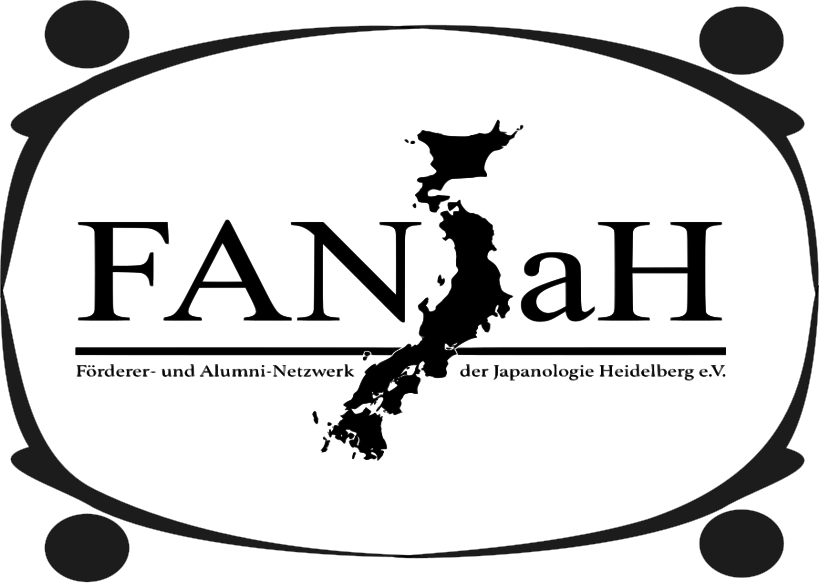Mori Ōgai als Übersetzer von Rilkes Novelle "Weißes Glück"
Auteurs
-
Michaela Oberwinkler
Japanologie, Uni Tübingen
This paper examines the translation techniques of Mori Ōgai in his rendering of the story Weißes Glück by Rainer Maria Rilke. It investigates Ōgai’s approach by comparing his translation to versions by Ōyama Teiichi and Itō Yukio. The paper argues that Ōgai pays particular attention to a smooth Japanese expression, easy to read and understand. On the other hand, examples discussed in detail show that Ōyama Teiichi’s and Itō Yukio’s translations are much closer to the German original. These contrasting approaches will be elucidated by analyzing the following features: title, sentence length, pronouns and personal references, representation of colors and noises, culture-specific realia, and rhetorical techniques.
Publié dans No 5 (2018): Bunron Nr. 5 (2018), 43-87
Date
2019-05-21
Rubrique:
Artikel
Mots-clés:
Übersetzungswissenschaft, Translationstheorie, Mori Ogai, Rilke
Langue:
Deutsch
Sujets:
Japanese Studies, Literature--Translations into Japanese--History and criticism, Mori, Ōgai, 1862-1922, Rilke, Rainer Maria, 1875-1926
Publié dans No 5 (2018): Bunron Nr. 5 (2018), 43-87
Date
2019-05-21





